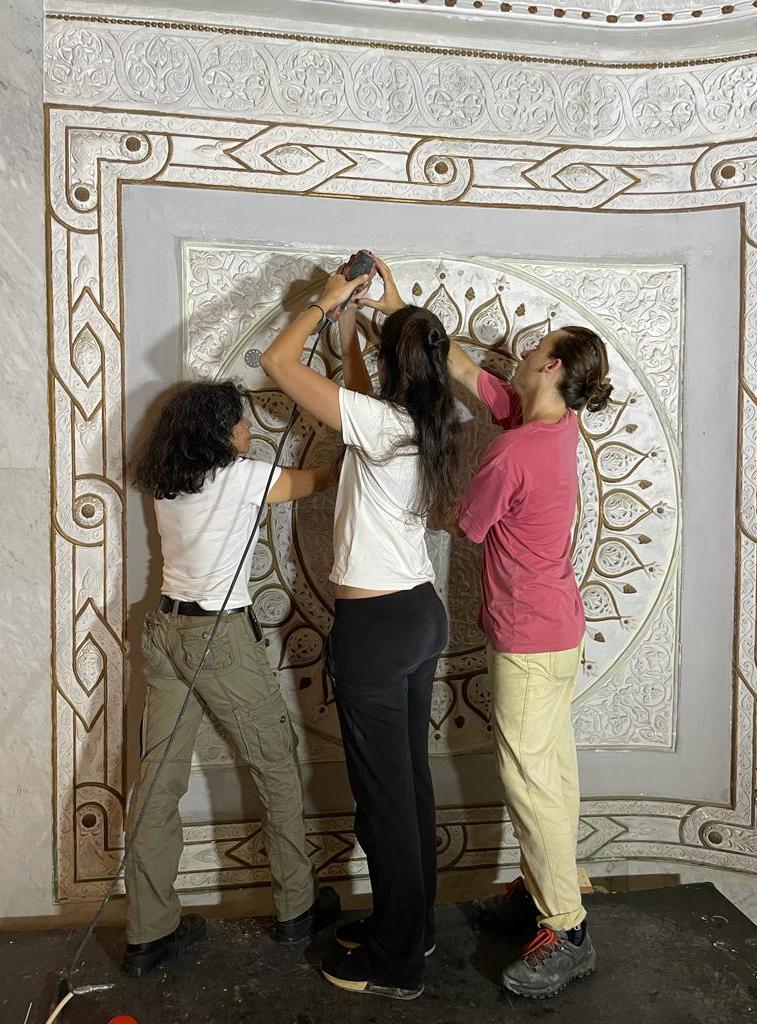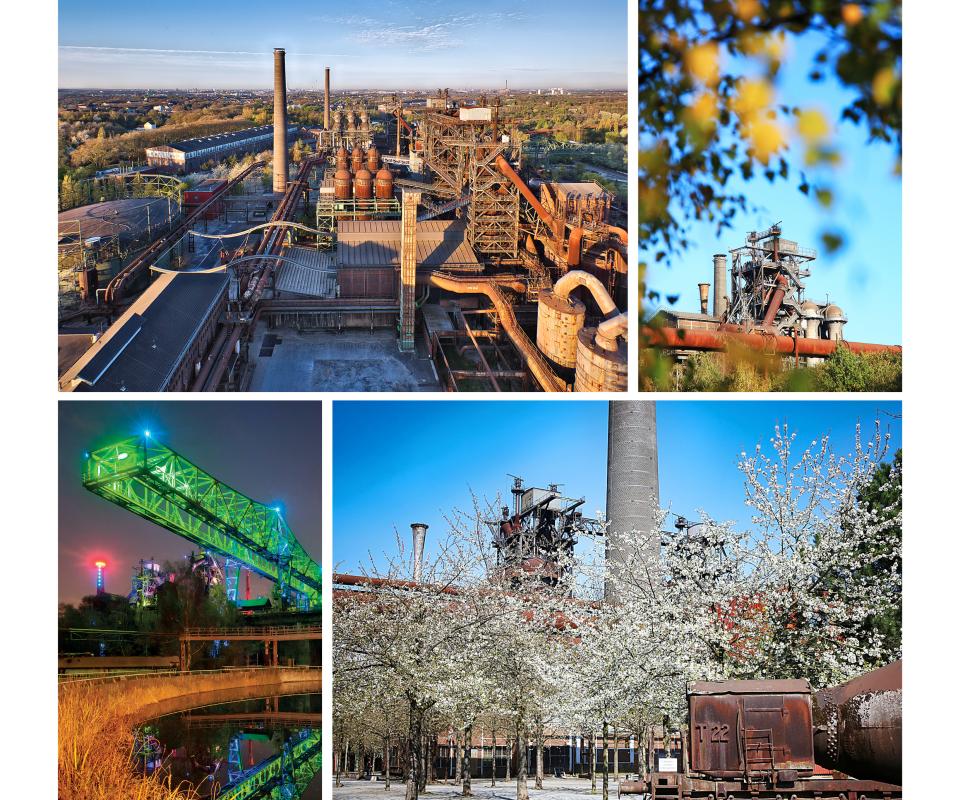
Beirut's former glory restored
The Beirut blast of August 2020 devasted the city, destroying countless homes, businesses and urban infrastructure. It also severely damaged cultural and architectural heritage, the focus of restoration activities by the cross-border collaboration RestART Beirut
Marie Eve Didier visited Lebanon for the first time in 2018 and “fell in love with the country,” she says. A board member of a European association for the promotion of opera, the French national had taken a delegation of young opera enthusiasts to the Al Bustan Festival of classical music and performing arts in Beirut.
A few months later, she gathered a group of people from her two worlds – arts and science – and launched an initiative to fund educational efforts in the country, which had been hard hit by the global economic crisis. “Since 2019 I haven't been away from Beirut for more than three or four months.”
So while the infamous port of Beirut explosion of 4 August 2020 shocked the world, it gutted Didier on a deeply personal level. Not only did the explosion destroy homes and businesses in the middle of an unstable economy – not to mention Covid-19 – it also devasted cultural and architectural heritage.
Structural solutions
Didier is the co-founder and CEO of Matis, a developer of imaging technology for the analysis of artworks in Neuchâtel, Switzerland. While she’s invested in the performing arts, she is in fact a physicist and art conservator. “I focused on a scientific approach to conservation because I have master’s degrees in both physics and art restoration. And I paint, and I love to understand artistic techniques, traditional techniques. So my idea was to try to combine all of these passions.”
She is extremely well placed, then, to help Beirut restore its damaged artistic heritage. Enter RestART Beirut, a Fund managed by the KBF at the initiative of 6 founders living in different countries but with all the same goal.
“Our mission is not to rebuild something and then leave,” says Didier. “It’s to help build a structural transfer of knowledge, so that restoration can be sustainable. We help to bring missing expertise from abroad, if necessary, and an academic exchange that can help build something long term.”
The Sursock Palace
Didier says that the skills and experience to carry out conservation of art and architecture is present in Lebanon, but that harnessing these skills and applying them where needed is a challenge.
“There are extremely good artisans and craftspeople, and our idea is to try to make it last, this know-how and expertise,” she says. “A lot of young people want to know how to restore stucco and paintings, and it’s often knowledge passed on. You know, your grandfather was doing that, and you watched him do it. But what if you don’t have a grandfather who did that? How do you learn it? So we are trying to establish a system where if damage like this happens, they don’t need us. They will have a structure in place to be able to take care of it.”
The first big project of RestART Beirut is the Sursock Palace. Built in the mid-19th century by the Sursock family of wealthy industrialists, it is one of Beirut’s most famous landmarks. Still owned by the family, it is a protected monument, home to a priceless art collection and period furnishings. RestART Beirut has convinced experts in architectural restoration to travel to Beirut and assess the damage. It also organised academic exchanges, workshops and a scholarship program, to get students involved in the restoration.
The explosion knocked massive holes in the roof, shattered the windows – the shards of which ripped into paintings – and heavily damaged marble and stucco elements, inside and outside the building. Interior architectural elements and artworks came tumbling down, and furnishings thrown across rooms were damaged or destroyed.
‘In shambles’
“Everything is in shambles,” says Didier. “From the outside, it’s harder to tell, so people don’t really realise how bad it is. But when you look at the details, it’s a disaster. The architectural elements date from the Ottoman Empire, and they’re all damaged. Everywhere you look, nothing has gone untouched.”
The palace is now the focus of RestART Beirut’s work, and several improvements have already been carried out through co-operations among European and Lebanese assessors and conservators. Last year a summer school saw several Swiss students of restoration practice spend six weeks in Beirut, working with local students there to restore stucco elements.
RestART Beirut has also arranged a partnership between Unesco and the Federal Office of Culture in Switzerland to restore and stabilise the entire North facade of the Sursock Palace. Europa Nostra announced a high patronage recognition of RestART Beirut.
“Our mission is not to rebuild something and then leave. It’s to help build a structural transfer of knowledge, so that restoration can be sustainable.”
The work of RestART Beirut is funded by the Swiss embassy in Beirut and public subsidies. It has also received private donations from Europe and the United States.
About the RestART Beirut Fund
RestART Beirut is a Fund, managed by the King Baudouin Foundation, to support the renovation, conservation and promotion of the Lebanese cultural heritage. Its flagship project is the renovation of the Sursock Palace’s collections and its transformation into a centre for culture, education and artistic dissemination.
Other stories
Inspiring engagement!

A legacy of love for Germany’s industrial heartland
Natural Heritage
“Mr Bartholomé was clear that the most interesting projects were in Germany. He had a very concrete vision of what he wanted.”
Other press releases

This summer’s top ten - Summer with the KBF
Holidays in Belgium? The KBF invites you to discover 10 exhibitions, monuments and natural sites. A great way to spend a pleasant and refreshing summer!